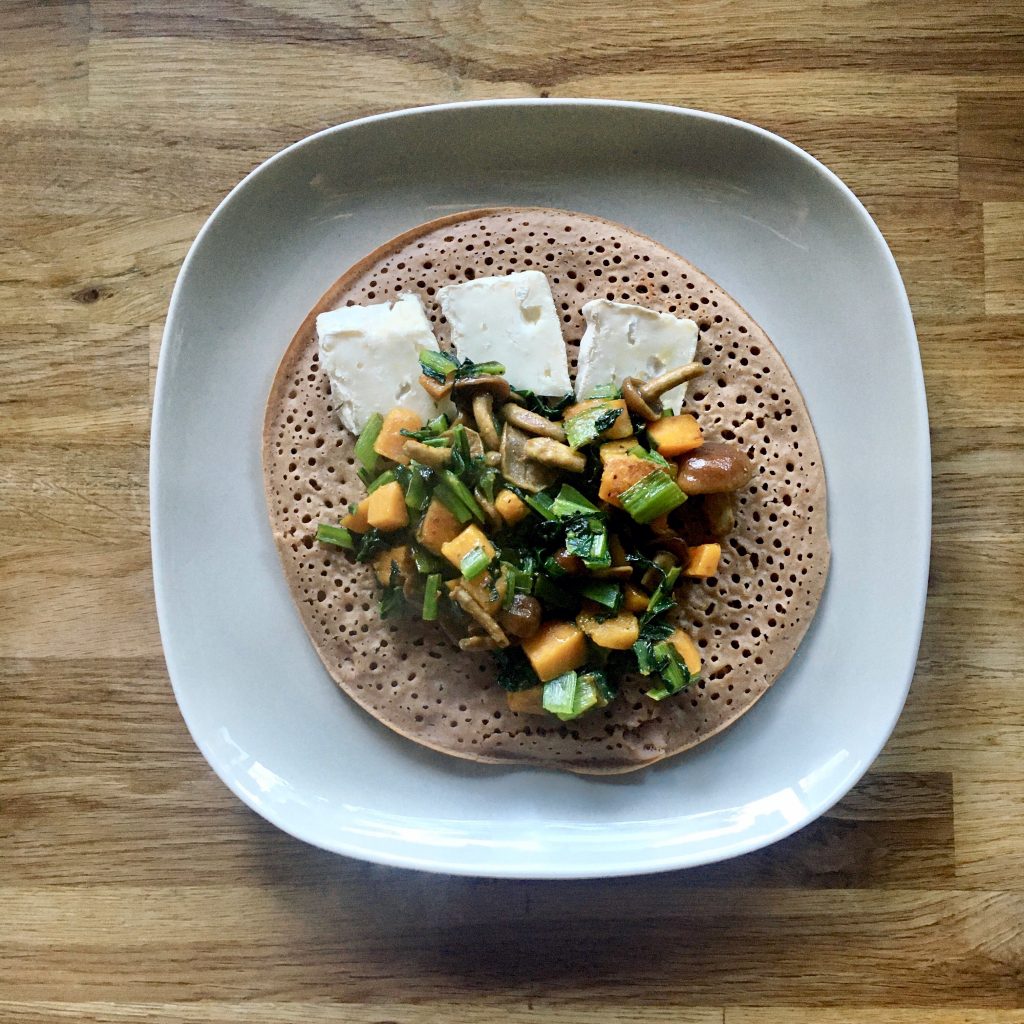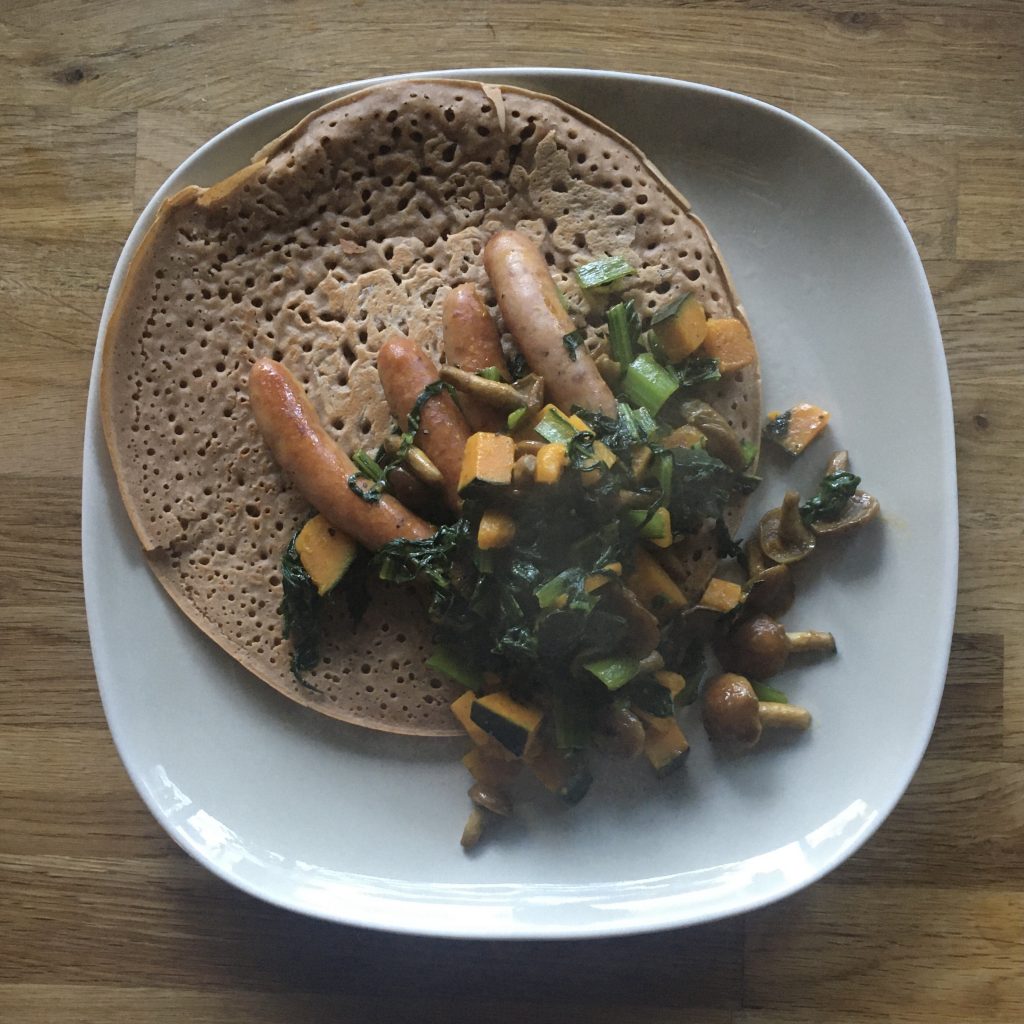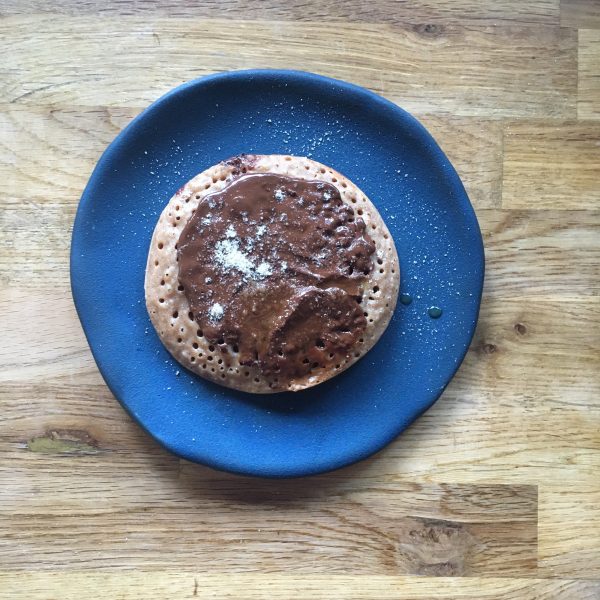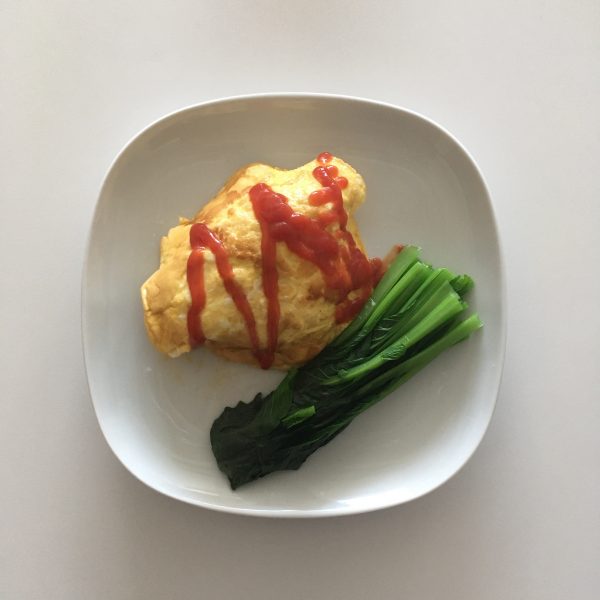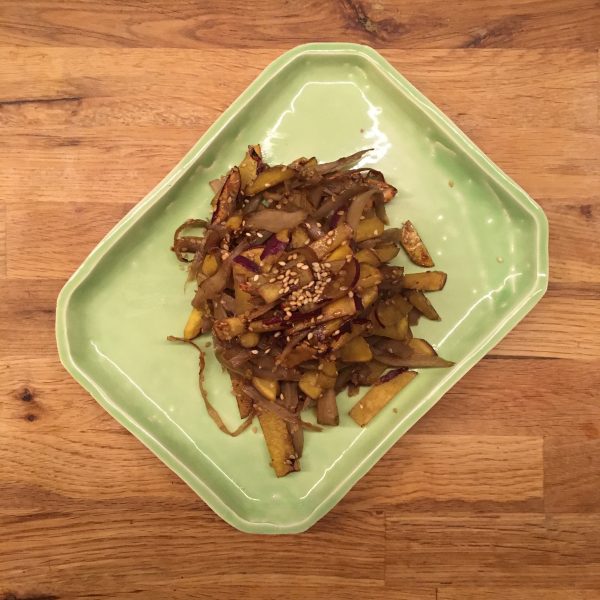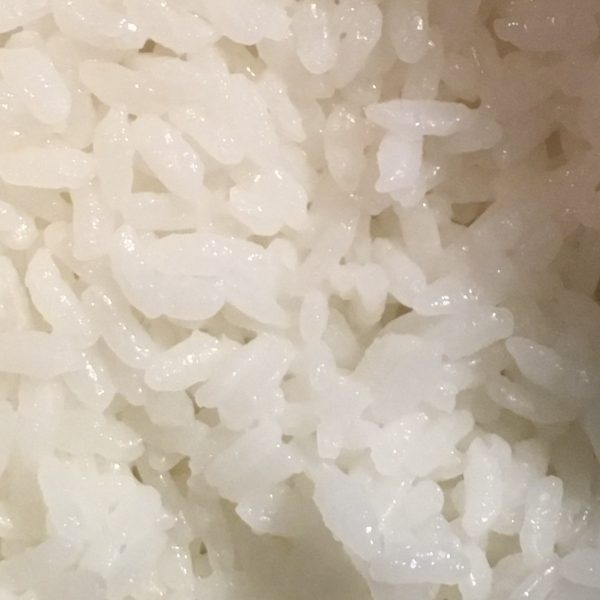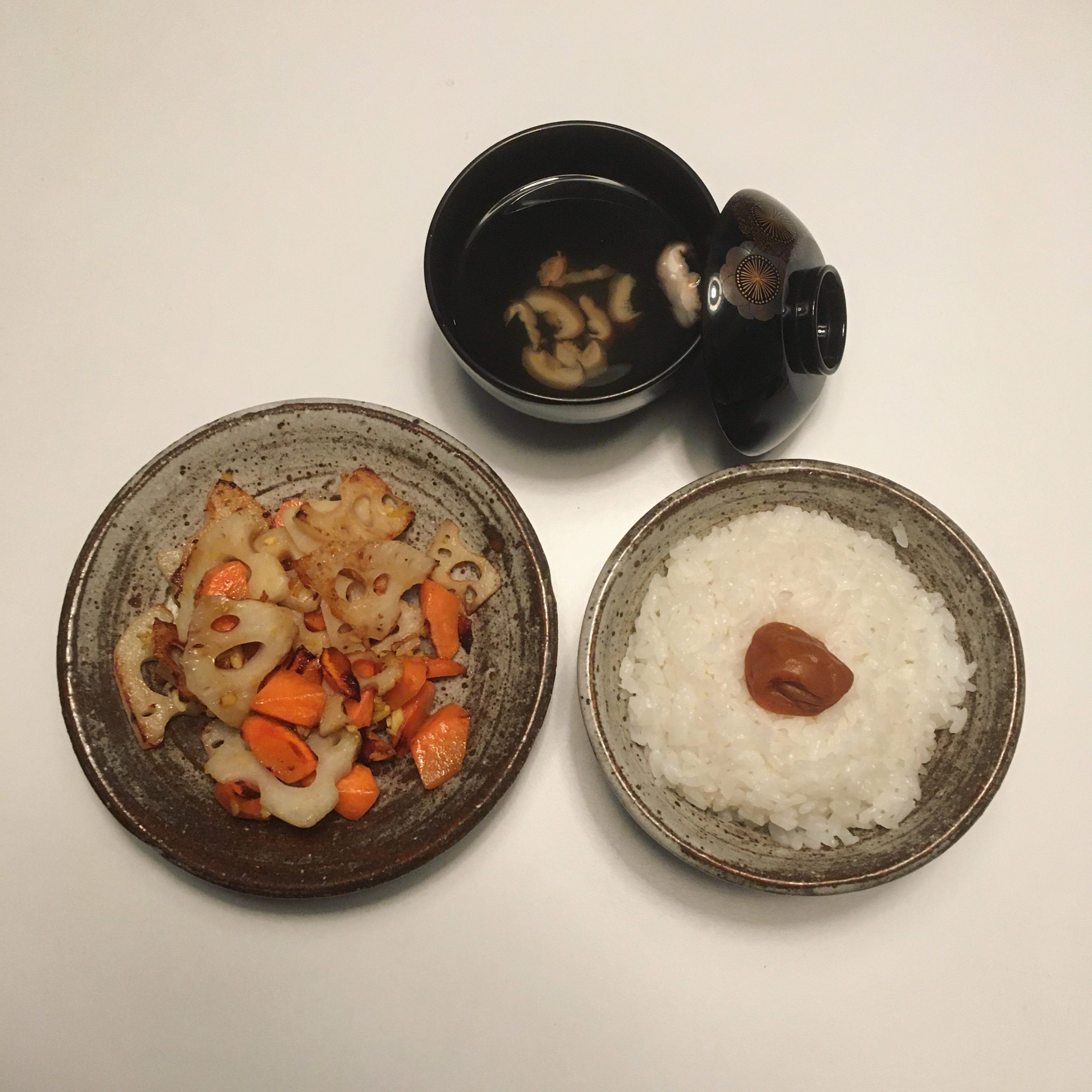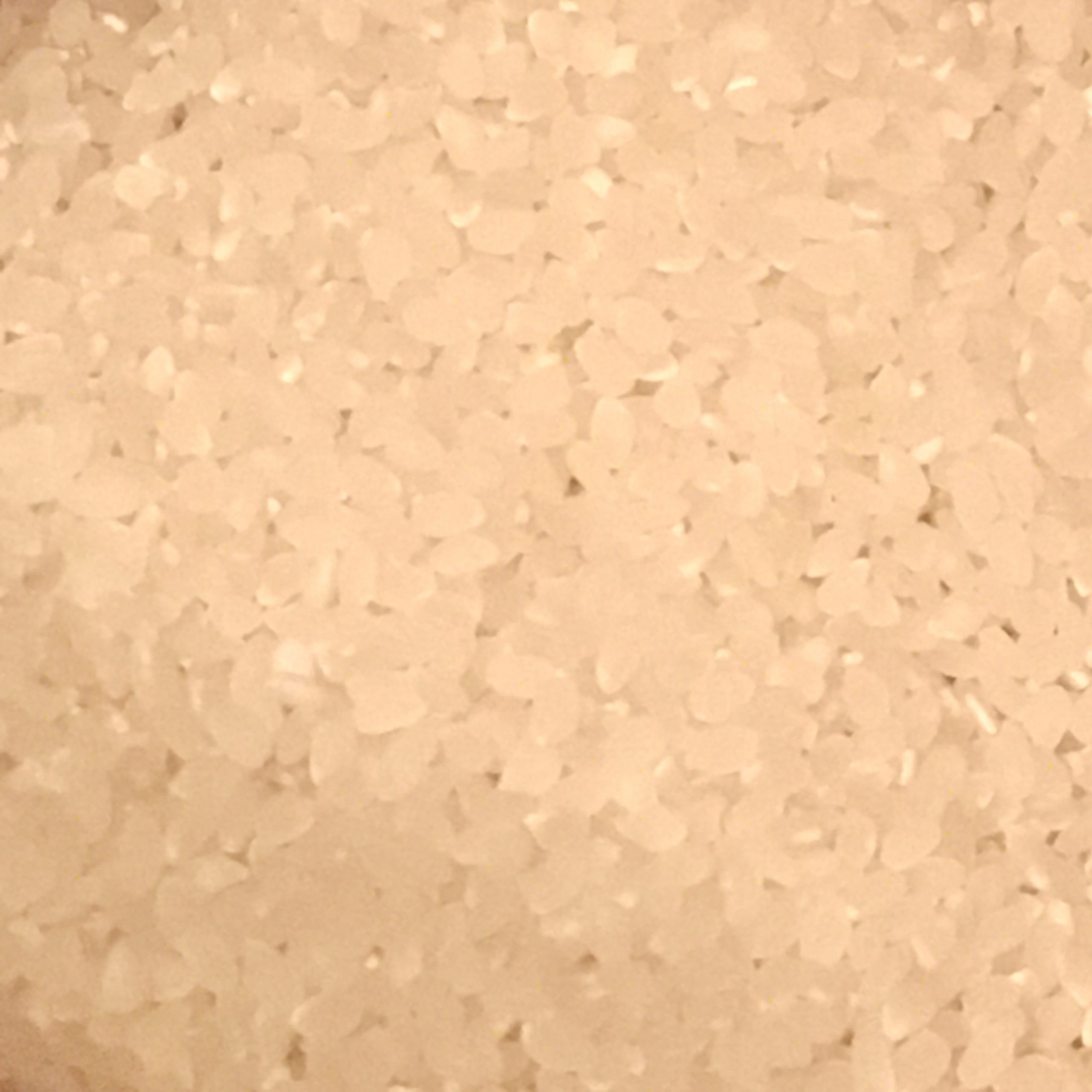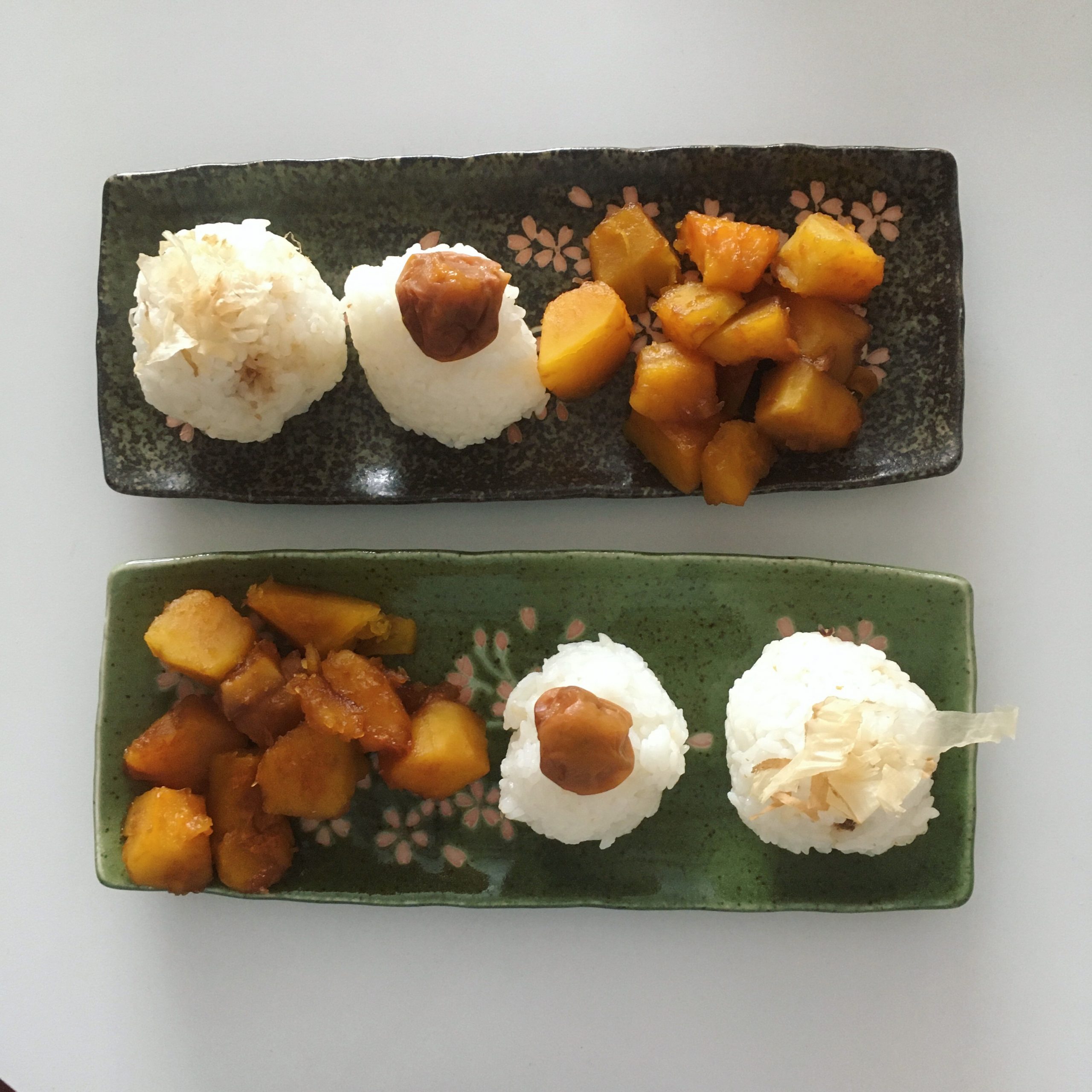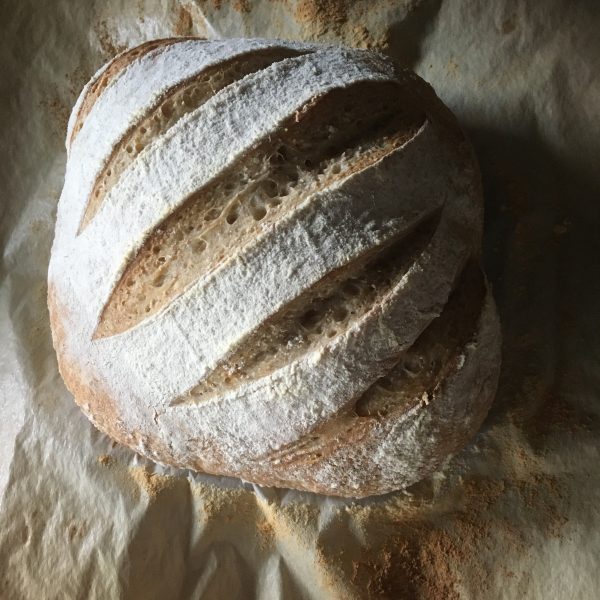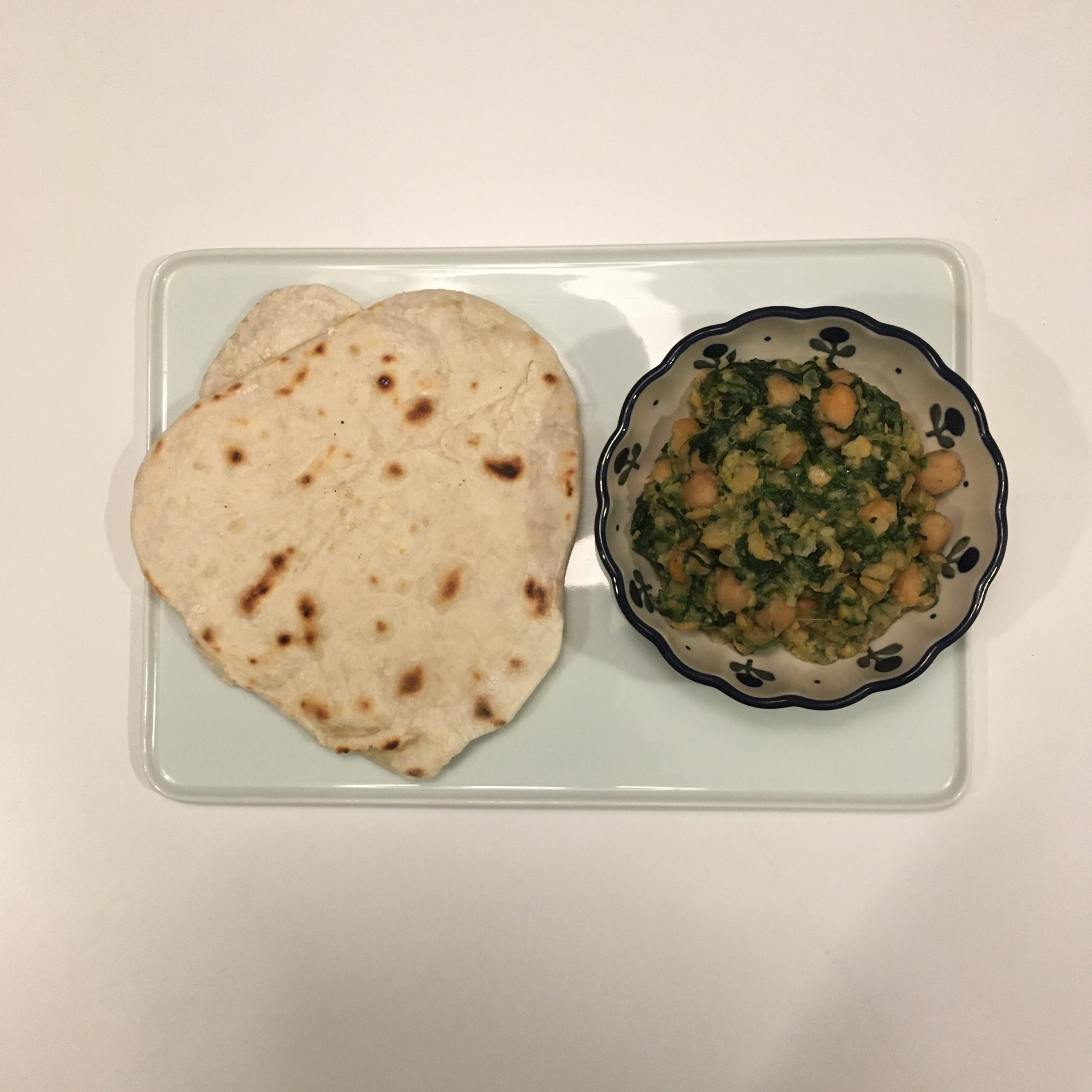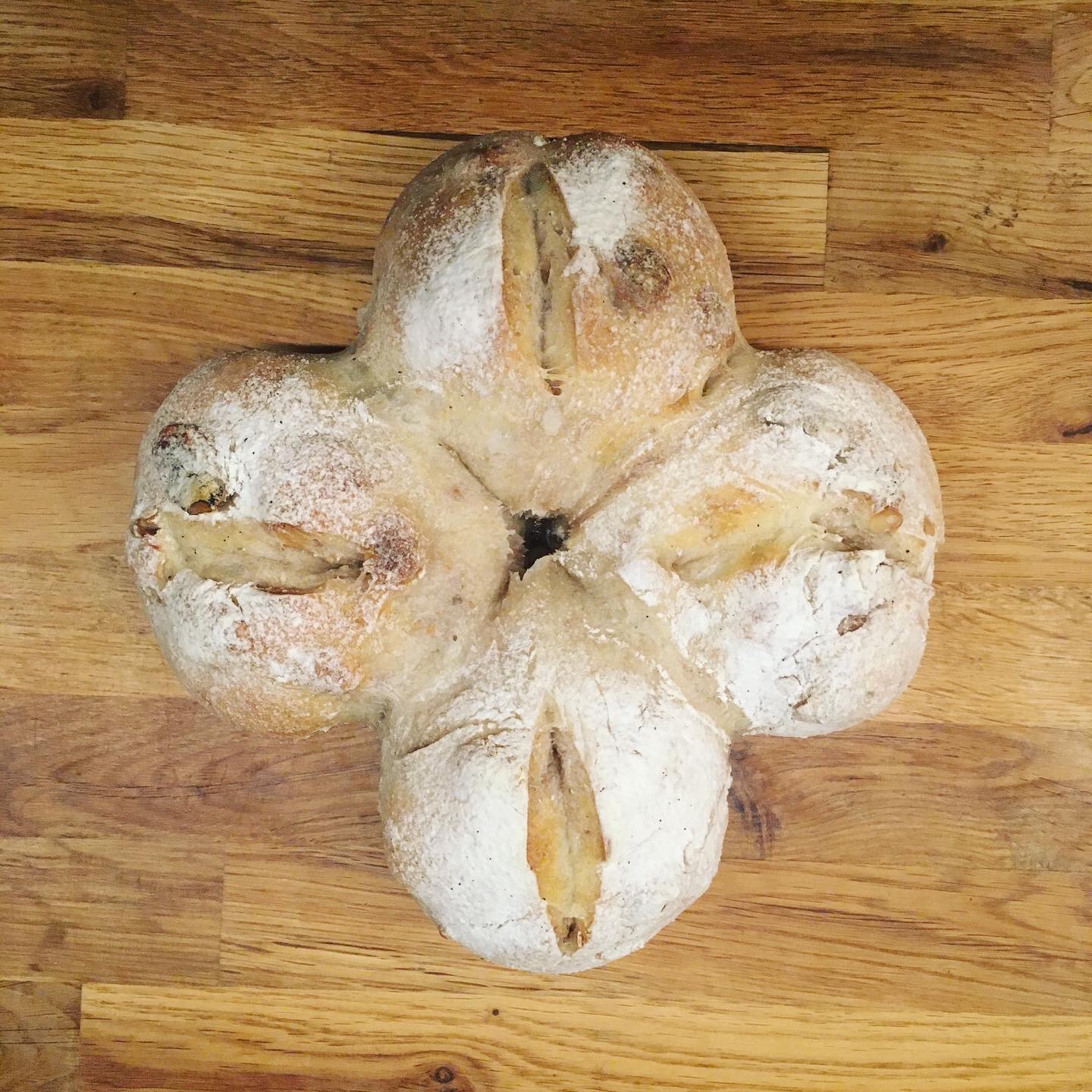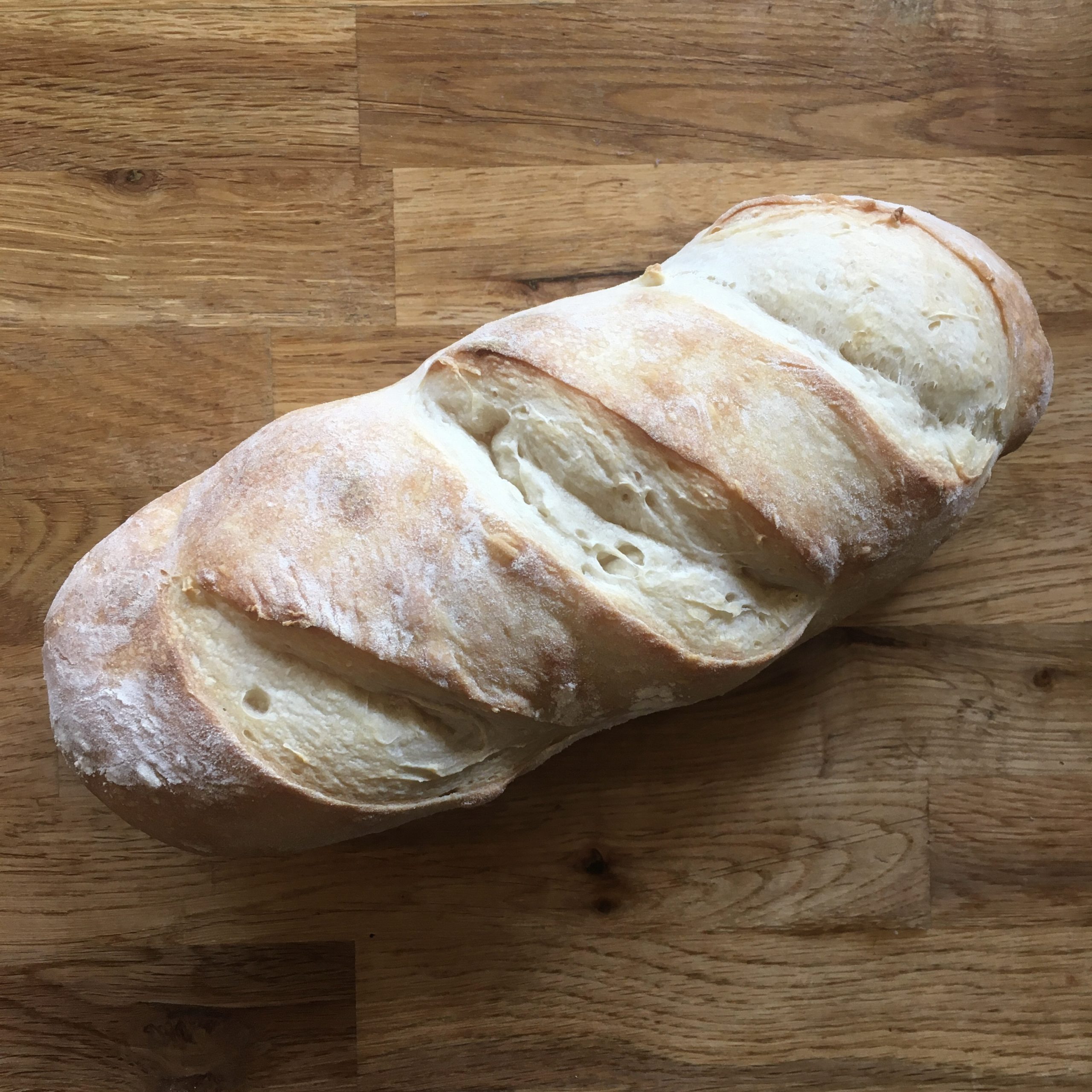Funnily Japanese are very found of chestnuts 栗 kuri, and the fall comes with all sort of chestnut preparations savory and sweet. The most famous is probably 栗ご飯 kurigohan (rice with chestnut) or 栗の渋皮煮 kuri no shibukawa ni (boiled chestnut in syrup). The use of chestnut flour though is more restricted, and often limited to some mochi preparations. So finding chestnut flour in Japan is not an easy task… luckily my parents once in a while send me a package from France, and chestnut flour, and green lentils are often on my order list!!! To be honest, I’ve never seen chestnut flour in any of our trips to the mountains in Japan, or in regions where they might produce some, though I always stop at local shops and markets or farmers cooperatives.
So this recipe may not be the most local one, but for me it is something that I really love in autumn. It is naturally very sweet, yet flavorful. It reminds me of Cevennes, Corsica or Tuscany. It is rustic yet refined because so rare now.
Chestnut pancakes
- 100g of chestnut flour
- 50g of wheat flour
- 1tsp of baking powder
- 1 egg
- water
Simple as it is to make pancakes… simply mix all the ingredients to obtain a silky but thick dough by adding water little by little. Cook in a non-sticky fry pan. I use a small-medium one and made one at a time for the savory ones, and made two at once for the sweet ones.
For the savory ones, I cooked in a pan with a bit of olive oil: mushrooms (nameko for their beautiful color!), kabocha and komatsuna. Add cheese from Takahide farm for me and sausages from Isumi for A..
For the sweet ones I topped with dark chocolate, melted in the last minute of cooking, a sprinkle of brown sugar and a splash of olive oil.
